When I sat down to play Baby Steps with co-creators Bennet Foddy, Gabe Cuzzillo, and Maxi Boch at GDC last week, I was more anxious than usual. It’s always a bit nerve-wracking to play a game in front of the people who made it. My worst fear is that I’ll be terrible, completely waste their time, and they’ll always remember me as that one guy who couldn’t get past the tutorial and started crying and farting. That hasn’t happened yet, but if it was ever going to, this would be the day.
While I never played the trio’s previous game, Ape Out, I’m extremely familiar with Foddy’s solo projects QWOP and Getting Over It with Bennet Foddy, a game with the tagline “I made this game for a certain kind of person. To hurt them.” Now that I’m trapped in a room with Foddy and his co-conspirators, playing their new game about a person struggling with basic motor skills, I’m wondering if Baby Steps was also made to hurt a certain kind of person, and if that person is me.
Baby Steps Is A Literal Walking Simulator
For the first five minutes, it’s everything I feared it would be. Foddy, Cuzzillo, and Boch are wonderful. They’re patient, encouraging, avoid giving me advice unless I ask for it, and offer lots of great insights into the design and philosophy that shaped this strange experience. The problem is all me. I can’t take two steps without face-planting into the ground, muddying up protagonist Nate’s adult onesie and awkwardly trying to pick myself back up before falling down again almost right away. I just have to keep telling myself, “baby steps, it’s all about baby steps” over and over. Meanwhile, Nate rolls forward and someone gets both of his legs trapped in a two-foot stile.
Baby Steps has a bizarre yet strangely intuitive control scheme. Each of Nate’s feet are controlled by the left and right triggers, while the control stick is used to shift his weight. If you press forward on the left stick to walk as you would any other third-person game, Nate will plant his feet and lean forward until he falls over. It’s only by combining rhythmic trigger pulls and gently pressing the left stick in the direction you hope to go that you’ll eventually, hopefully, learn how to walk.
As I fell down, around, and over myself for those first few minutes, the panic started to set in. If I couldn’t get a handle on this in the next few minutes, the mood in this room was going to shift pretty dramatically. I started making nervous jokes to save face, like announcing “I did that on purpose!” every time I fell down. I got a polite, if slightly concerned laugh from the team.
Stubbornness Will Get You Somewhere
Nate, who is going through hell at this point thanks to me, isn’t your typical video game hero. Blipped off of his couch/bed during a One Piece binge, the unemployed basement-dwelling failson finds himself alone at the base of a picturesque mountain, having suddenly lost the ability to walk like a normal person. When a stranger appears and offers him guidance and some tools, Nate refuses the help. It seems like he’d rather make things harder for himself than suffer the embarrassment of letting someone else see him struggling. It’s hard not to feel a little sympathy for Nate, loserish as he might be, and at this particular moment, it’s hard not to relate to him too.
While those first few minutes felt like an eternity to me, I actually did pick things up fairly quickly. There’s a specific rhythm that, once you find it, is easy to lock into. When you do enter that flow state, you can walk in a way that looks and feels effortless. I wasn’t ready to break out into a full-blown sprint or anything, but before I hit the second cutscene (a chance meeting with a very capable fellow who did follow the tutorial) I was maneuvering around boulders, stepping over logs, and scrambling up small outcroppings with relative ease.
This One Isn’t Trying To Hurt You (Too Much)
Baby Steps is not meant to offer the same kind of masochistic experience Getting Over It did. It’s not nearly as punishing, for one thing. While a single mistake in Getting Over It can cause you to lose hours of painful progress, Foddy says Baby Steps is designed in a way that failure leads to new, unknown paths to follow. If you slide down an incline covered in loose gravel, you can backtrack and try the same path again, or you can head off in a newly discovered direction and see what lies ahead.
The freedom of exploration is core to Baby Steps, which threw me for a bit of a loop during my demo. After about 20 minutes of progressing up the mountain (and meeting an adorable little chick that joined me on my trek), I turned to Cuzzillo and asked when the game would start to open up. When I sat down, he told me Baby Steps was an open-world game, but everything I had played so far had been extremely linear. Why am I stuck on a path? “That’s your choice,” he responded. Apparently what I had convinced myself was the critical path was just one of many ways to tackle Baby Steps, which might be the most exciting thing about it to me.
There’s an improvisational tone to Baby Steps, which is another thing that sets it apart from Getting Over It, a game that requires pixel-perfect precision along a meticulously designed path. Baby Steps’ spontaneity is reflected in the cutscenes as well, which are all improvised by the developers themselves (Nate is played by Cuzzillo). Nate’s encounters are hysterically uncomfortable, with shades of I Think You Should Leave with Tim Robinson and The Office, two shows that specialize in putting socially inept people in compromising situations.
Whether Nate’s humanity and hidden talents slowly emerge like Michael Scott, or he ends up being like any number of Robinson’s characters you just can’t wait to get away from, I haven’t yet figured out. But I’m excited to get back to the climb to find out what Nate, and I, are really made of.


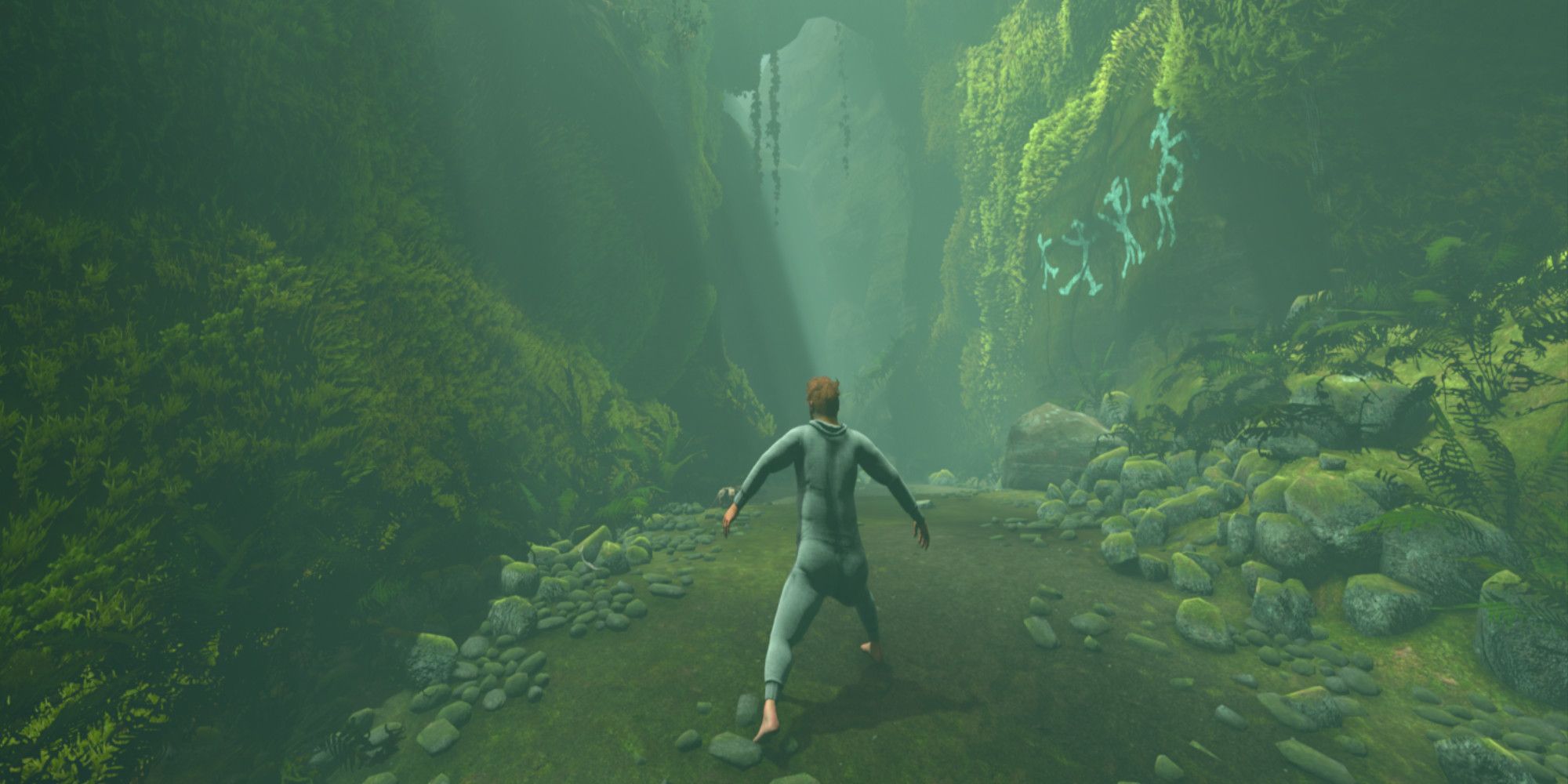

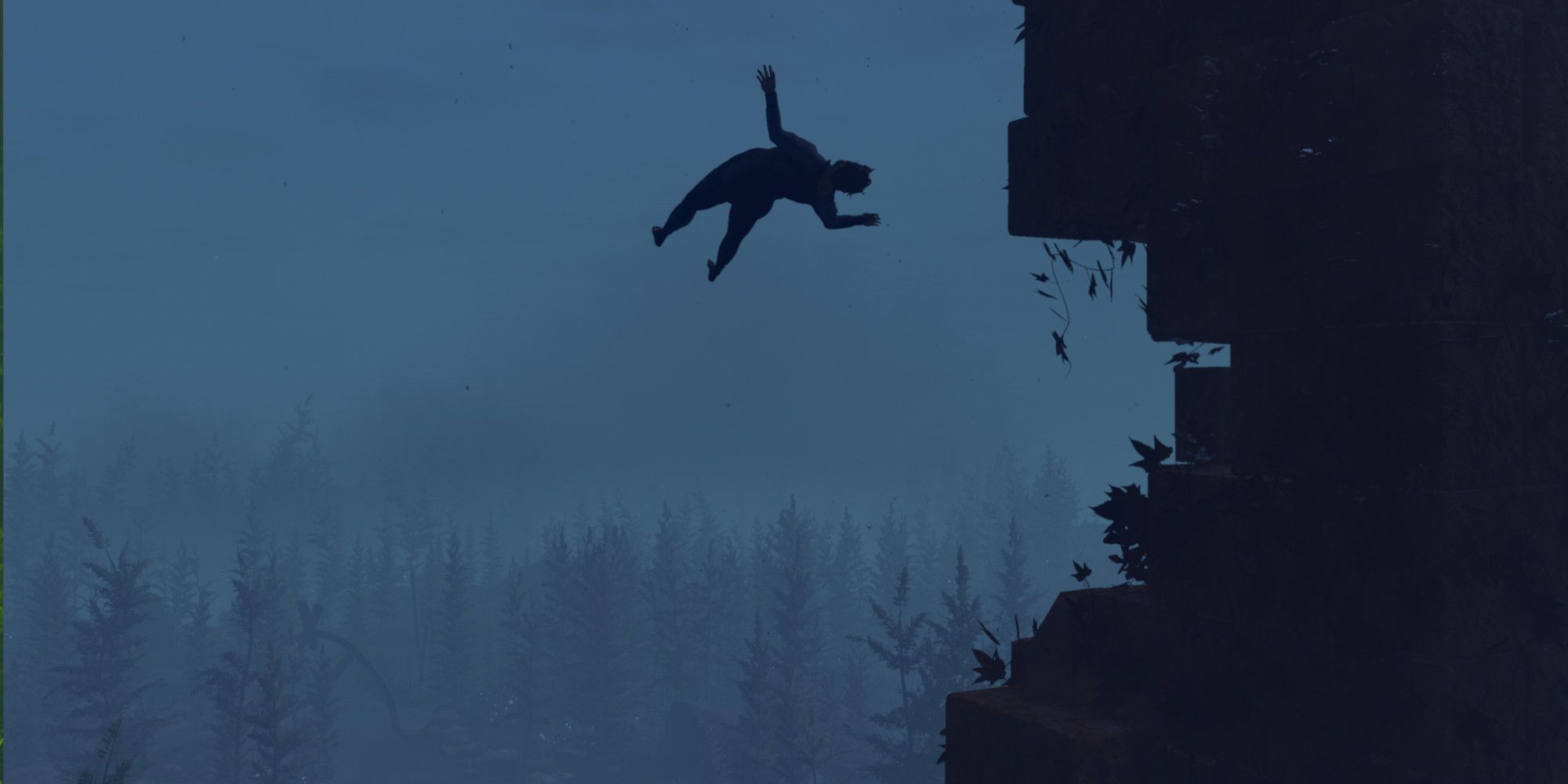


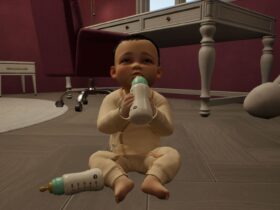


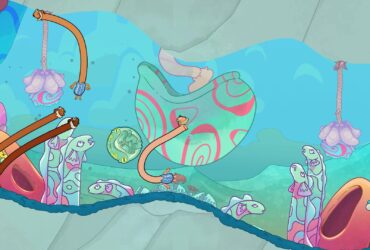
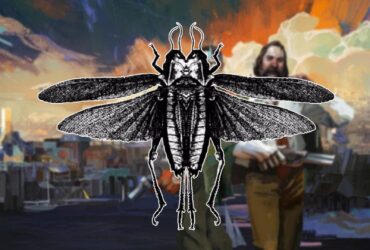

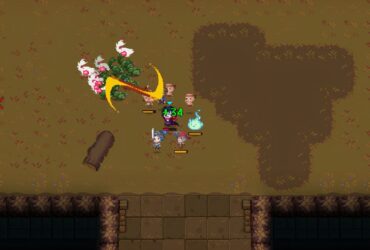

Leave a Reply